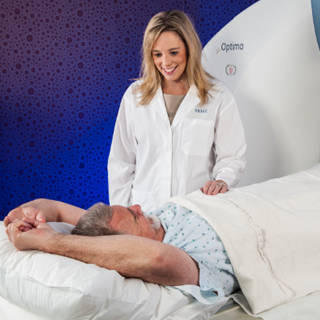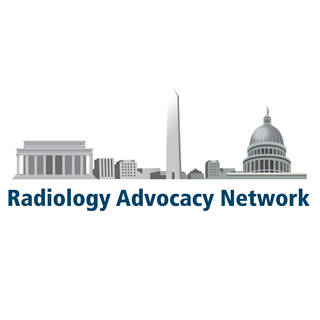The ACR continues to work with Congress and CMS to ensure that Medicare preserves patient access to and proper reimbursement for CT lung cancer screening for patients at high risk of developing lung cancer.
Coverage/Reimbursement Challenges
MACs Deny Reimbursement for LDCT in an IDTF Setting
Since 2018, the American College of Radiology (ACR) and partner stakeholders have worked with the Centers for Medicare and Medicaid Services (CMS) urging them to affirm that Independent Diagnostic Testing Facilities (IDTFs) qualify for Medicare reimbursement covering low-dose computed tomography (LDCT) lung cancer screening.
More than 35 bipartisan members of the House of Representatives cosigned an October 1, 2018, letter to the Secretary of the Department of Health and Human Services and the Administrator of the Centers for Medicare and Medicaid Services (CMS) to express opposition to Medicare Administrative Contractors (MAC) that deny reimbursement for low-dose CT (LDCT) lung cancer screenings performed at Independent Diagnostic Testing Facilities (IDTFs)
Status update: As of February 2021, MACs continue to deny claims billed in an IDTF setting for Medicare patients. CMS recommends reopening the NCD for lung cancer screening to resolve this issue. ACR concludes that the MACs are not correctly adhering to Medicare’s lung cancer screening NCD 210.14. We affirm LDCT lung cancer screening code G0297 is not an intervention/therapeutic service in the lung cancer screening NCD and urge CMS to publish a Change Request Transmittal notice instructing all MACs to cover this service. ACR will continue to engage Congressional champions and CMS to expand this life-saving screening benefit in all care settings including IDTFs.
MPFS/HOPPS
In Dec. 2020, the Centers for Medicare and Medicaid Services (CMS) released the 2021 Medicare Physician Fee Schedule (MPFS) and Hospital Outpatient Prospective Payment System (HOPPS) final rules. In these rules, CMS describes changes to payment provisions effective Jan. 1, 2021.
ACR staff has prepared a detailed analysis and comments on the final rule changes to the payment provisions.
MPFS
CMS is finalizing the values of 1.08 RVU for CPT code 71250, 1.16 RVU for CPT code 71260, 1.25 RVU for CPT code 71270, and 1.08 for CPT code 71271 as proposed. The values for CPT codes 71250, 71260, and 71270 are decreases from the current value. However, the value for 71271 is an increase from the previous value for G0297. The ACR strongly disagrees with the CMS rationale for adjusting the values throughout this family, as this disregards the survey data regarding the intensity of the services presented, as well as the recent 2016 survey data. The ACR is also disappointed that CMS maintained their refinements to the practice expense for CPT code 71271.
- ACR Detailed MPFS Final Rule Summary Covers Payment Policies
- ACR comment letter on MPFS Final Rule (January 2021)
HOPPS
The ACR has raised concerns about the inadequate payments for CT lung screening based on flawed hospital data in past comment letters to CMS. The ACR has argued for more accurate APC placement of the CPT code 71271 (Computed tomography, thorax, low dose for lung cancer screening, without contrast material(s)) into a higher APC to accurately reflect resources use and clinical similarity of procedures within APCs.
In 2021, CPT code 71271 is placed in APC 5521 (Level 1 Imaging without Contrast) with a payment rate of $80.90. Additionally, CMS has fully implemented the CT/MR cost center policy that the ACR has raised concerns about since its proposal in 2014. The ACR has raised concerns many times in the past regarding the use of claims from hospitals that continue to report under the “square foot” cost allocation method noting that it would underestimate the true costs of CT and MR studies. CMS has given the hospitals six years to adjust their cost allocation methods from “square foot” to either the “direct” or the “dollar” method. The implementation of the CT/MR cost center policy creates new challenges in maintaining accurate payment rates within the hospital outpatient setting.
- ACR Submits Comments on APC Placement of New CPT Codes (February 2020)
- ACR Releases Detailed CY 2021 HOPPS Final Rule Summary
- ACR Submits Comments on the HOPPS Proposed Rule (October 2020)
USPSTF Lung Cancer Screening Guidelines
Resources
Lung Cancer Screening in 2017 HOPPS
Lung Cancer Screening Resources

Access Now
RAN

Get involved today